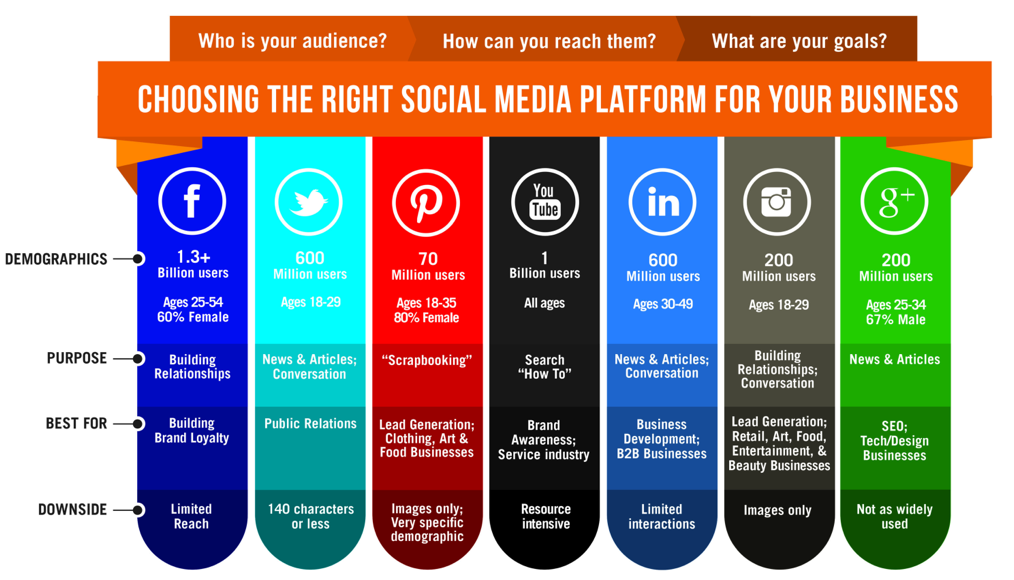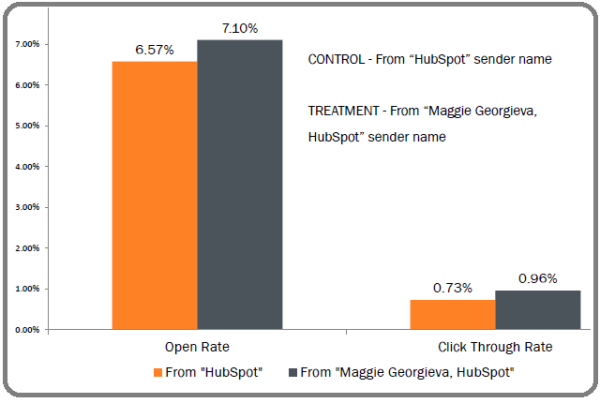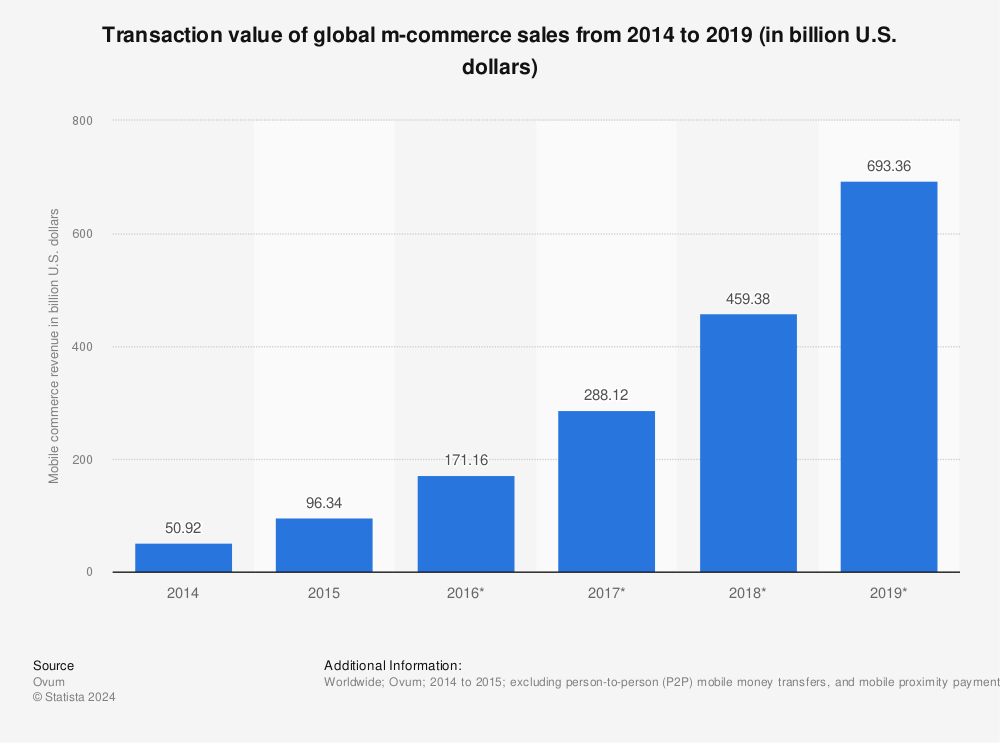With the power that social media has in bringing attention to a brand and boosting sales, more and more businesses are crafting marketing campaigns via social channels. In fact, a recent survey by Ascend2 shows that among 271 marketing influencers, using social media channels was considered their most important digital marketing tactic for 2018.

Consider this, more than 66% of marketers are able to improve lead generation just by spending a minimum of six hours on social media. This means that with a modest investment in time and resources, a well-thought-out and implemented social media strategy can do wonders for a company. Conversely, a company can’t expect to develop a sound marketing plan involving social media if it doesn’t know the right channels to use.
How to Choose the Right Social Channel for Your Brand
There are seemingly endless social media channels to choose from, but the top choices among them are Facebook, Twitter, Pinterest, YouTube, Linkedin, Instagram, and Google+. While each one can generate leads, it’s crucial that you focus on the right channel for you.

Here are ways that will help you select the best social media channel to use:
Identify Your Social Media Objectives
It’s essential that you can connect your social media channel to the objectives of your marketing plan. After all, how can you succeed in your goals if the tools that you are using do not fit?
If your goal is to raise brand awareness, then choose well-established social media platforms with a huge following. But do not use platforms that are new or just caters to a specific niche. Facebook and Instagram are great tools for this objective, as these platforms are the most effective at introducing new brands and products to their users.
However, if your objective is to generate more leads in your niche, then LinkedIn might be a better choice.
Check Current Trends
You should also consider whether the social channel that you’re interested in is following the latest trends in social media marketing. A sound knowledge of present marketing trends will help you make the intelligent decision regarding the right social medium to use. Remember that you will be investing time, resources, and effort into these social channels, so an eye on the trends can help when deciding which one will attract more clients and boost engagement.
Know Your Target Audience
You need to have a clear picture of your target audience in order to create high-quality content that would resonate with them. Try to discover which social media platforms your target market spends most of their time on and how to interact with them. Choosing a social media channel is easy if you know where your prospective clients are.
For instance, if you’re targeting millennials who love a good story but only want to spend a few minutes on it, then use a platform like Snapchat. You can create a lot of videos with an engaging storyline and target millions of daily users. However, trying to promote an exclusively men’s product via Pinterest could be a tough sell, considering that the website caters mostly to women, featuring items related to craft, food, home decor, and gardening.
Check What Channels Your Competitors are Using
Aside from knowing your target audience and the social media platforms they’re on, it’s also important that you know what channels your competitors are managing. This will give you a foundation on which you can measure industry activity and determine what your next course of action will be.
Check what type of content your competitors are posting, how regularly they do it and even how many shares or likes it has garnered. Knowing how active your rivals are on social media and how engaged their audience is will give you important insights that you can then use to succeed in your own marketing strategy.
Think About Your Choice of Content
The kind of content that you want to develop and use is also critical. There are several content formats. Some will complement your brand identity and goals while others won’t. There is also particular content that is better suited to certain social media channels.
Companies that want to share white papers, company news or industry updates would have better success on platforms like SlideShare and LinkedIn. Meanwhile, if you’re targeting a young audience, a short-form video content on Instagram or Snapchat is perfect. Longer videos with a universal theme would do better on Facebook and YouTube.
Identifying the content format you want to focus on in your social media strategy will help narrow down your choice of a social channel.
The Bottom Line
You probably won’t be able to choose the right social media channel on the first try. There’s a lot of trial and error involved as you search for the right channel to use. However, knowing what your objectives and target audience are can help narrow down your search.
[Featured image via Pixabay]







































